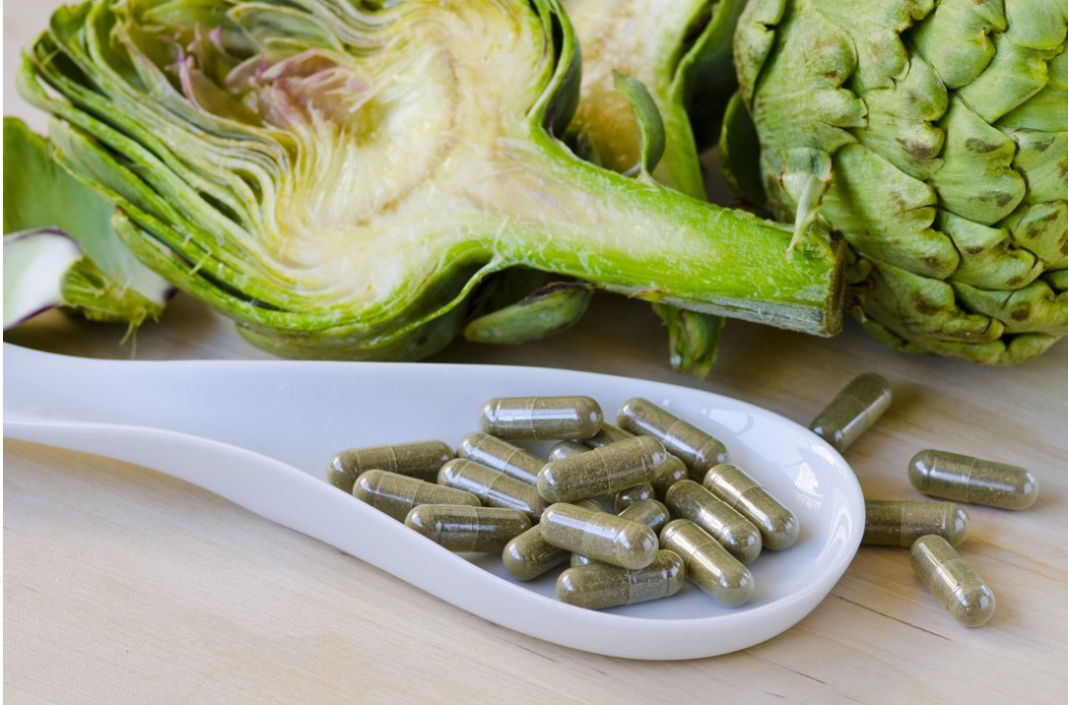A novel chemoenzymatic method can add fluorine atoms to natural compounds. The method uses an enzyme that acts as a gatekeeper for precursors and designs a pinch of precursor tolerance to create a more promiscuous bacterial enzyme that accepts fluorine-containing reactants.
Fluorination of therapeutic agents is a widely used strategy in the pharmaceutical industry. It improves a drug’s molecular properties, such as drug-target interactions, bioavailability, and durability, by enabling structural optimization of the drug on account of fluorine’s electronegativity and small size. The antidepressant Prozac, the cholesterol-lowering drug Lipitor, the antibiotic Ciprobay, along with a quarter of all small-molecule drugs approved by the FDA, contain at least one fluorine atom.
Natural compounds isolated from plants and microorganisms make effective therapeutics since they have evolved an inherent ability to interact with biomacromolecules. Adding fluorine atoms to natural compounds, such as the antibiotic erythromycin, makes the drug more accessible to the body and more effective against pathogens that have developed resistance to this antibiotic. However, natural products are rarely fluorinated due to a lack of enzymes that can add fluorine atoms to natural compounds in secondary metabolic reactions.
The conditions necessary for these chemical reactions are frequently “brutal,” said Martin Grininger, PhD, a professor of organic chemistry and chemical biology at Goethe University in Germany. “This means, we are very limited in selecting the positions where the fluorine atom can be attached.” The need for new methods that can add fluorine to natural compounds is therefore urgent in developing effective therapeutics from natural substances.
The process developed in the laboratories of Grininger, and David Sherman, PhD, a professor of chemistry at the University of Michigan, incorporates a fluorine atom as part of a small substrate during the biological synthesis of an antibiotic. 1 “We introduce the fluorinated unit during the natural manufacturing process, an approach that is both effective and elegant,” stressed Grininger. “This gives us great flexibility when positioning the fluorine in the natural substance—and allows us to influence its efficacy.”
Lead authors and members of Grininger’s team, Alexander Rittner, PhD, and Mirko Joppe, PhD, inserted a subunit (acyltransferase domain) of an enzyme called fatty acid synthase into the evolutionarily related bacterial polyketide synthase. Fatty acid synthase is naturally involved in the biosynthesis of fats and fatty acids in mice and is not very selective in the precursors it chooses to process, Rittner explained.
The hybrid enzyme that combines the bacterial polyketide-synthase and the mouse fatty-acid-synthase, can utilize fluoromalonyl coenzyme A and fluoromethylmalonyl coenzyme A as precursors during the chemical reaction that extends polyketide chains, thereby introducing fluorine in their framework.

“The exciting part is that, with erythromycin, we were able to fluorinate a representative of a gigantic substance class, the so-called polyketides,” said Rittner. “There are about 10,000 known polyketides, many of which are used as natural medicines—for example, as antibiotics, immunosuppressives, or cancer drugs. Our new method thus possesses a huge potential for the chemical optimization of this group of natural substances—in the antibiotics primarily to overcome antibiotic resistance.” Rittner has founded the startup kez.biosolutions to commercially exploit the new fluorination technology.
Joppe believes the new method will, in addition, impact the ongoing global battle against antibiotic resistance. “Research on antibiotics is not economically lucrative for various reasons. It is, therefore, the task of the universities to close this gap by developing new antibiotics in cooperation with pharmaceutical companies,” said Joppe. “Our technology can be used to generate new antibiotics simply and quickly and now offers ideal contact points for projects with industrial partners.”
Grininger said, “We are testing the antibiotic effect of various fluorinated erythromycin compounds and additional fluorinated polyketides. We intend to expand this new technology to include additional fluorine motifs in collaboration with Prof. David Sherman and his team at the University of Michigan in the United States.”
References
- Rittner, A., Joppe, M., Schmidt, J.J. et al. Chemoenzymatic synthesis of fluorinated polyketides. Nat. Chem. (2022).






